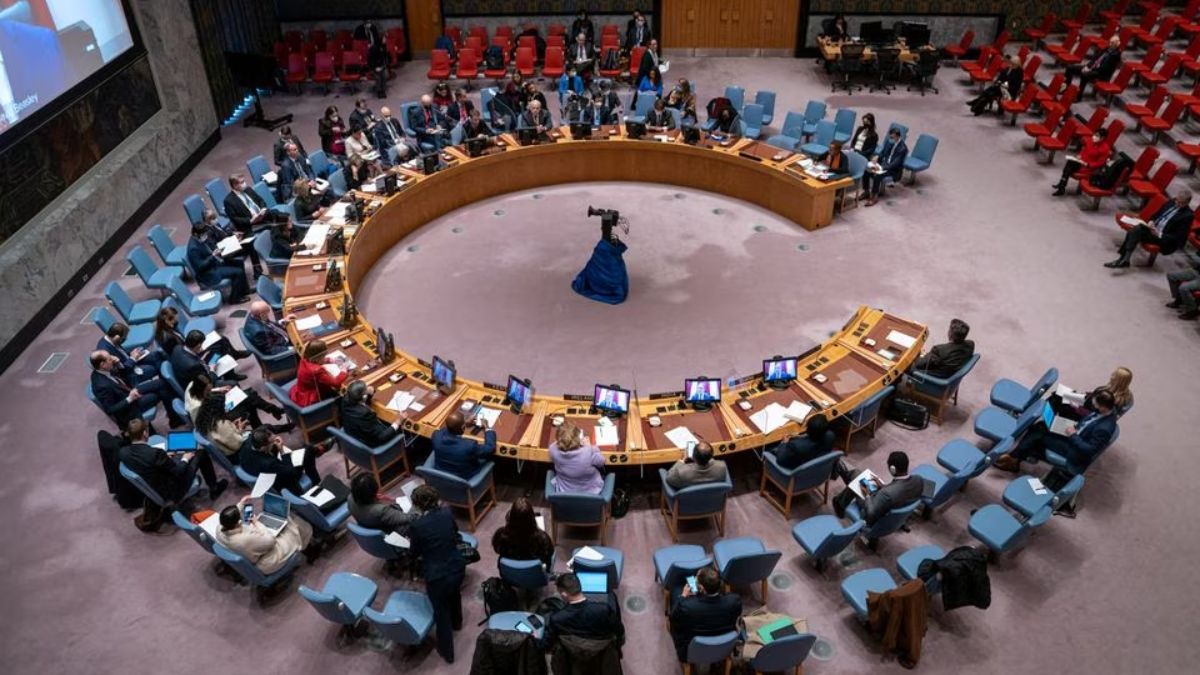
1. The maximum strength of the Lok Sabha as provided by the Constitution of India is:
a) 545
b) 550
c) 552
d) 560
Answer: c) 552
2. The members of the Rajya Sabha are elected by:
a) Direct election by the people
b) Elected members of the State Legislative Assemblies
c) The President of India
d) The Governor of the state
Answer: b) Elected members of the State Legislative Assemblies
3. Which Article of the Indian Constitution deals with the composition of the Rajya Sabha?
a) Article 79
b) Article 80
c) Article 81
d) Article 82
Answer: b) Article 80
4. Money Bills can only be introduced in which House of Parliament?
a) Rajya Sabha
b) Lok Sabha
c) Both Lok Sabha and Rajya Sabha
d) Joint session of Parliament
Answer: b) Lok Sabha
5. Which of the following motions can be introduced only in the Lok Sabha?
a) Adjournment motion
b) Call Attention motion
c) No Confidence motion
d) Censure motion
Answer: c) No Confidence motion
6. What is the term of a member of the Rajya Sabha?
a) 4 years
b) 5 years
c) 6 years
d) 3 years
Answer: c) 6 years
7. Which of the following statements is true about a joint sitting of both Houses of Parliament?
a) It is chaired by the Vice President
b) It is held only for Money Bills
c) It is convened by the Speaker of the Lok Sabha
d) It can be called to resolve disagreements on ordinary bills
Answer: d) It can be called to resolve disagreements on ordinary bills
8. The presiding officer of the Rajya Sabha is:
a) The Prime Minister
b) The Speaker
c) The Vice President of India
d) The President of India
Answer: c) The Vice President of India
9. Under which Article of the Constitution can the President nominate 12 members to the Rajya Sabha?
a) Article 80
b) Article 81
c) Article 85
d) Article 87
Answer: a) Article 80
10. Which of the following bills cannot be introduced in the Rajya Sabha?
a) Constitutional Amendment Bill
b) Financial Bill
c) Money Bill
d) Ordinary Bill
Answer: c) Money Bill
11. Which of the following motions can only be moved in the Lok Sabha and not in the Rajya Sabha?
a) Adjournment Motion
b) Censure Motion
c) Cut Motion
d) No Confidence Motion
Answer: d) No Confidence Motion
12. In the context of a joint sitting of the Parliament, which statement is correct?
a) The Lok Sabha has equal voting power as the Rajya Sabha
b) The Rajya Sabha can veto any legislation during a joint sitting
c) The Lok Sabha has greater numerical strength in a joint sitting
d) Only Money Bills can be considered during joint sittings
Answer: c) The Lok Sabha has greater numerical strength in a joint sitting
13. The term of the Lok Sabha can be extended during a national emergency by:
a) 3 months
b) 1 year at a time
c) 6 months at a time
d) 2 years
Answer: b) 1 year at a time
14. The representation of Union Territories in the Lok Sabha is determined by:
a) Population of the Union Territory
b) Delimitation Commission
c) Special Presidential Order
d) The Prime Minister’s Office
Answer: b) Delimitation Commission
15. Which of the following statements is correct regarding the dissolution of the Rajya Sabha?
a) The Rajya Sabha can be dissolved like the Lok Sabha
b) The Rajya Sabha is a permanent body and cannot be dissolved
c) The Rajya Sabha can be dissolved by the President under Article 85
d) The Rajya Sabha can be dissolved by the Chairman under special circumstances
Answer: b) The Rajya Sabha is a permanent body and cannot be dissolved
